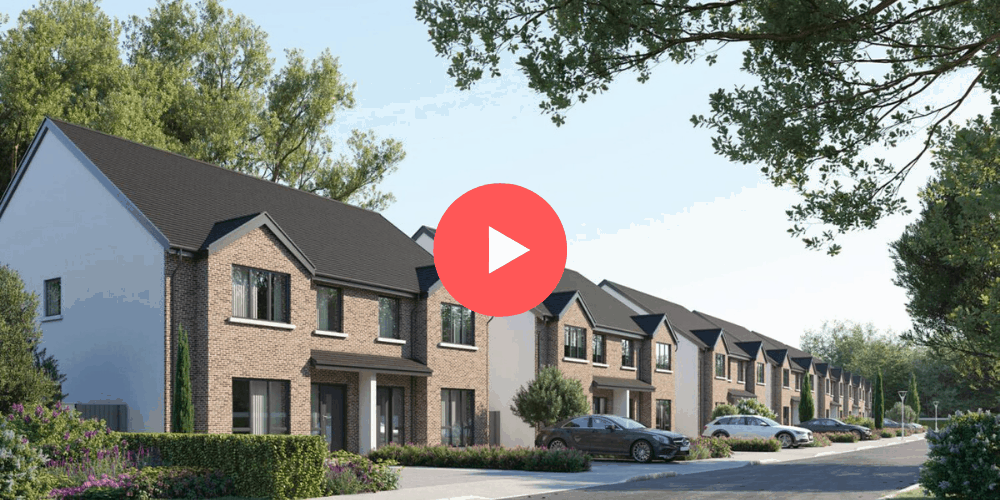Episode 15 – James Benson
How Will COVID-19 Impact Ireland’s Housing Plans?
What will Ireland’s housing situation look like after COVID-19?
Ciaran sits down with James Benson of the Construction Industry Federation to discuss the current COVID-19 situation and what we might expect to see in the coming months.
James is a qualified Engineer and Quantity Surveyor graduating from Waterford Institute of Technology and Dublin Institute of Technology respectively.
James spent several years of his professional career surveying with building contractors before specializing in the field of passive fire protection before joining the Construction Industry Federation where he is now the Director of Housing Planning and Development.
James offers support and advice to the CIF members, liaison with local authorities and is developing a field of expertise within building regulations and planning services for members.
Podcast Highlights
What can we do to ensure home building continues?
Ciaran:
What can we do to ensure builders and developers can continue to invest in building homes, and, I suppose, is his that the answer we create stimulus, from top down, I suppose, we keep investing, and we keep incentivising. Is that the answer?
James:
Well, I suppose, on two fronts, maybe first thing, the best thing we could do in a lot of cases… If you had asked me the question three months ago, what was the best thing we could have done, I would have said, let’s leave the loan for a while. Let’s let the policies that are currently in place in Beddin and let the industry react. Because we have a high number of new regulations and policies that come into Ireland nearly on a every month or bi-monthly basis, and it’s very difficult for the industry to keep up and adapt and get efficiencies on the back of that. So, on the policy and introduction of new regulations, I would have said let’s hold firm for a year or so, and let the industry adapt to that.
And for the stimulus side of things, we spoke about, earlier on we spoke about the inability of the consumer to be able to purchase. So, it’s not about, I think, what the industry can have done for it, it’s about what can be done for the consumer. How do we help the consumer to put them into a position that they can buy a house. And a house is a vital need and a right of our republic, so, what can we do to help them?
One very important scheme or initiative that could be looked at, and we’ve advocated for this over the last number of years, and one would be to look at a shared equity scheme. What that does is that gives… Basically, it’s a state loan in effect that enables the consumer to get onto the property ladder. That it’s a loan and not a grant, and then that loan can be repaid over a period of time. So, if you take your average house price, which is 380,000 in the greater Dublin area, 325 outside, you could have value up to maybe a state take of up to, say, 20, 30% within that unit. That could be the difference of 80 to 90,000, which would put people in the position where they can now secure a mortgage, get onto the property ladder. As their circumstances increase for the better over the next number of years, that loan is repaid back as well. And they buy out to stay take, in effect. But it enables us to consume in the first instance.
How might construction return?
James:
But I think from the Irish Home Builders Association and our own members are very conscious of that we don’t overstep the mark and we’re not looking to recommence before it’s safe and reasonable to do so. There’s a huge body of work that’s been undertaken at the moment to put a set of procedures and an implementation framework of how we will recommence activity when it’s safe to do so.
What we do need to do is balance the infection rates and the lower level of transmission against recommencing activity. But my point being, I suppose, that activity will happen on a transition phase basis. So we’re just not going to see a full return to activity. We might concentrate on social units, or it might be a concentration on units that are snagged and ready for completion. That a low level of activity could deliver a lot of units to families in need who want to move in. And actually that could take them out of very dangerous situations at present.
Ciaran:
If we look at the homelessness, those that are on social lists. It could take them out of accommodation that might be at a higher risk. If we could just get in there, finish off those units in a short period of time, low density, low volumes of work and enable those homes to be completed.



